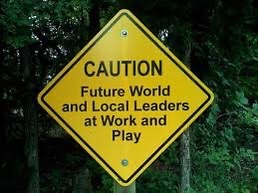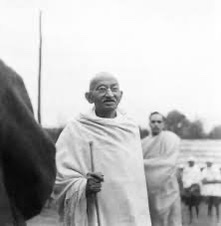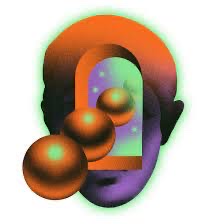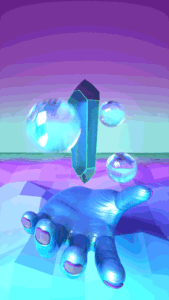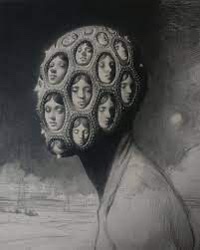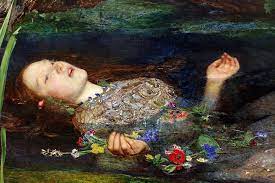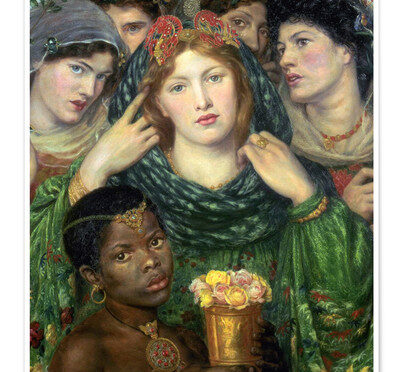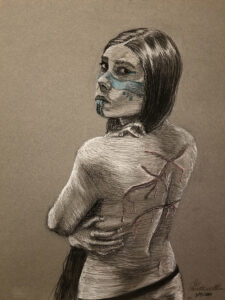HYPOTHESIS: Current interests may Illustrate other lives in the Vanguard.

If you are an avid Blog Reader of my material, new or old, you are in all likelihood simply reaffirming in this current existence, predictions of interests and behavior from other Simultaneous Lives. The members of The Entity are not, for the most part, stay-at-home bodies, who allow the world to go by them unchanged, unnoticed. No, my fellow travelers are eager to question the core values and beliefs of their cultures. Yet this questioning is not entirely intellectual, it is backed-up with advocacy and action in the physical domain. This action has behind it the spiritual impetus for transformation for the good of all. We are a very humanitarian group and you make your marks on your culture in very noticeable ways.

You will be protected. As we exercise our power to create loving realities, we will be protected by Beings of Light. We have the collective power of goodness on our side, you see, and so as we go about our activist duties in response to the inner promptings of Divine information, we may notice that the way before us is cleared of barriers to our destination. As in my earlier example of the “Crystal People,” we may have incarnated many times in many eras, but with a single emphasis or role: that of advocate for humanity. And so we may notice that we respond to threats upon others as threats upon ourselves. We take the threats upon our fellow Earthly inhabitants and upon the Earth inhabitants and upon the Earth in very personal ways. On this note, let us explore possible lives lived just as we may now be living this current life of ours, as an advocate for humanity and for Mother Earth.

Now you may have lived as Empowered Ones within “normal” occupations that no one would suspect. This may be true for you currently, Dear Blog Reader. Many of you use your nondescript careers – housewife, teacher, mason – to protect your true identities – magician, shaman, witch, healer. The true calling is protected. There is a tradition in these matters to work “Undercover,” and avoid the scrutiny that comes with self-disclosure. Naturally, it is always your choice to reveal or to not reveal your true motives and the real work that you are accomplishing. But as I have just stated: you will be protected. As a bringer of light and healing, you will be protected from harm.

PERFORM YOUR RITUAL SANCTUARY
The previous experiments in this Blog in contacting Simultaneous Lives lived in other time-frames may well have given you glimpses into lives lived as Empowered Ones. There is a certain unifying aspect among all of our reincarnational existences, and it may well be that we have come into physical reality on these various occasions to help and to heal. With your Energy Personality as your guide, imagine other lives in other eras in which you may have served in the Vanguard of progressive human consciousness.
FINDINGS – Document your Findings in your preferred way.

